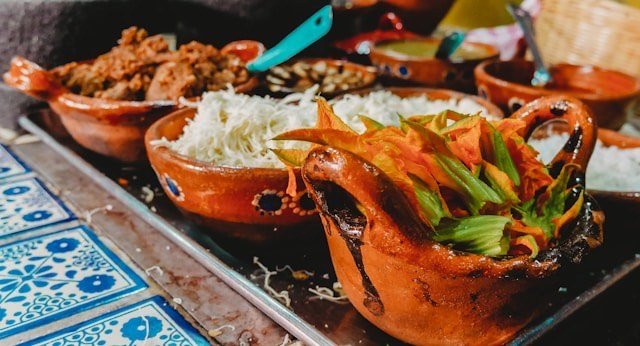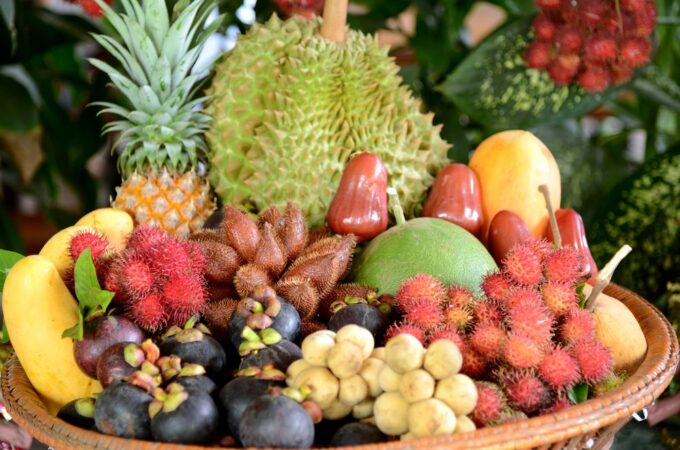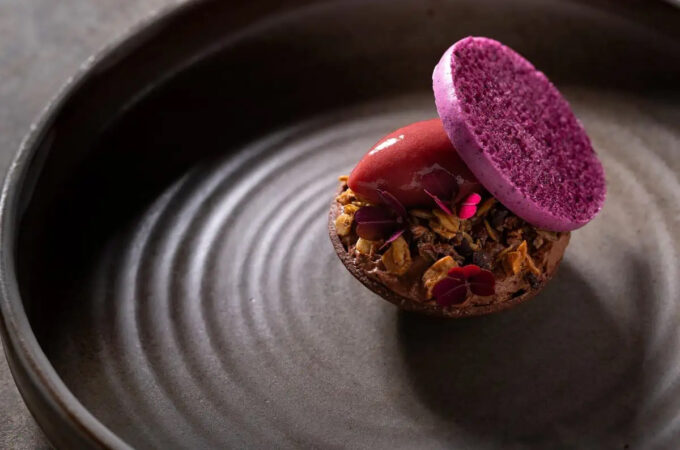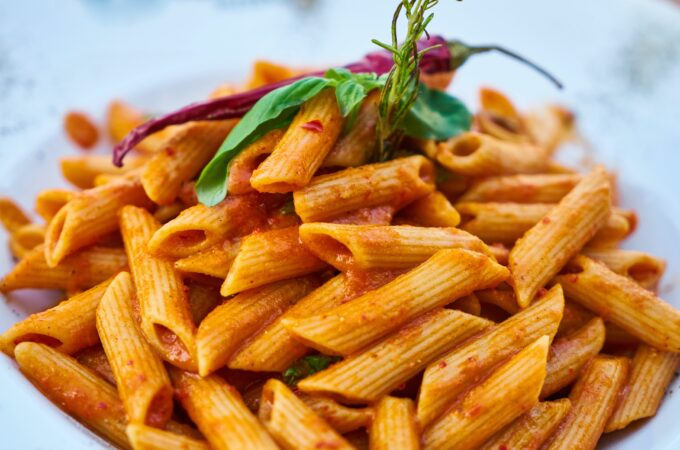
The Ultimate Guide to the Most Common Chocolate Misconceptions
Chocolate — cocoa, fat, and sugar. What can you even be wrong about when talking about chocolate? You can get chocolate bars filled with fruit jelly, nuts, raisins… But the three main ingredients usually remain the same.
However, once you start to get more interested in any topic, you begin to stumble upon completely unknown terms or terms that ring a bell but are actually still a little unclear. And the most dangerous trap — terms that look so alike that you think you can use them interchangeably.
That also occurs in the world of chocolate. For that reason, we decided to present to you the most common misconceptions about chocolate-related subjects. Let’s take a closer look at the 5 sweet mistakes we often make.
Cacao vs. cocoa
Is the cacao cocoa case the same as the pronunciation of potato potato? Oh, definitely not. Although you can find the terms used interchangeably on many blogs and websites — even specifically culinary-related ones!
This chocolate ignorance is unacceptable. Not knowing the difference is equal to not knowing how chocolate is made at all! Now here’s the cacao-cocoa deal:

Cacao and cacao beans are raw, unprocessed products. To make them not only ready for chocolate production but edible at all they need to undergo the process of fermentation first. After fermentation, cacao beans are heat-treated (roasted).
Cacao after fermentation and heat-treatment is then called cocoa.
Raw Cacao vs. Raw Chocolate
Fit, healthy, organic, eco, raw, and much more — these are terms highly overused by food producers, including the chocolate industry.
Is there such a thing as 100% raw cacao? The answer is — yes! But not accessible on the market. Cacao has to be fermented to become edible and ready for sale.
However, it’s acceptable for chocolate producers to use the term of raw chocolate and cacao (but not raw cacao!). That means they made their bars in low-temperature and used fermented only cacao beans.
Remember — you won’t ever get raw cacao for sale. If a producer uses this term regarding his chocolate, it’s nothing but a marketing trick!
Chocolate vs. Chocolate-Like Products
Sometimes we call a product incorrectly to make our lives easier, e.g., vegetarian meat — we actually use the term even though it’s a clear antithesis. We don’t do that out of ignorance but of convenience — to imagine better what the product is going to be like and what its possible uses are.

And so, we can get chocolates on the market that, in fact, aren’t really chocolate!
What makes chocolate real? To call a bar chocolate 100% correctly we need an appropriate amount of cocoa solids (or cacao solids) and cocoa butter. Milk, sugar, and different ingredients are not necessary.
The required amount of cocoa solids can be different for different countries. Some counties will call 10% cocoa chocolate milk chocolate, while others will accept the term for at least 25% cocoa solid products.
To chocolate-like products we can include: white chocolate (contains cocoa butter only), compound chocolate (instead of cocoa butter there are used vegetable oils only), some countries will also call couverture a chocolate-like product (depending on the percentage of cocoa solids).
Chocolate Makers vs. Chocolatiers
Beware — confusing these two terms is an extreme faux pas and actual sign of ignorance!
Chocolate makers accompany chocolate from the very beginning. They are present for the whole bean to bar journey. This occupation requires specific knowledge of chocolate on all possible levels — cacao trees species, how to ferment the beans, roasting methods, etc.
Chocolatiers get to work with the end product — chocolate itself. Either in the form of chips, bars, blocks… it’s the ready chocolate product that gets into their hands.
Don’t get us wrong — we don’t mean that being a chocolatier requires less or worse skills. What we want to make you aware of is that making chocolate and making chocolates are two completely different processes!
Bloomed chocolate vs. expired chocolate
We bet it wasn’t just one time that you threw out a chocolate bar once you noticed a white coating on it and thought it was a kind of mould. You couldn’t be more wrong!
The white blooming is nothing else but chocolate’s fat. The fat changes its structure when chocolate is not stored properly, and appears on abar in this slightly disturbing form.

You can still eat bloomed chocolate and use it for baking. Although we wouldn’t recommend using it for, e.g., dipping pralines or coating cakes. The fat would reappear on your confectionery masterpieces and sugar would crystallise and make the glaze lumpy.
The secrets of the chocolate industry and chocolate itself are endless! Chocolate makers are discovering new kinds of cacao, chocolatiers are inventing surprising flavour combinations, and we — regular mortals — should let the amazing chocolate inspire us! Don’t be afraid of making mistakes — keep discovering and learning about the cacao wonders!




